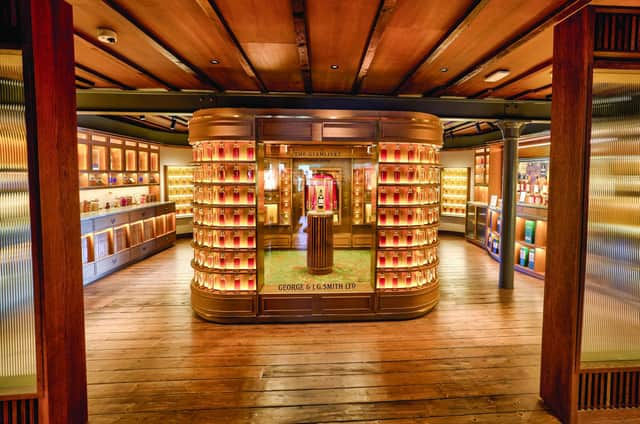Whisky: Q&A with Chivas Brothers's archivist Robert Athol


The National Trust for Scotland, in partnership with The Glenlivet, the original Speyside single malt, have been working to uncover the history and scale of illicit whisky production in Scotland, as part of its Pioneering Spirit project.
The project aims to shed light on a fascinating era in history which has shaped by Scotland’s nature, beauty and heritage, and uncover illicit stills and forgotten bothies that were used to illegally produce and smuggle whisky across the Highlands in the early 1800s, bringing together Scottish history of an industry steeped in stories, secrets and traditions.
Advertisement
Hide AdAdvertisement
Hide AdWhat have you been able to establish about the scale and nature of illicit distilling in Scotland? What lengths do you believe people went to in order to make whisky outwith the law? How important was it to both cultural identity and local economies, and what are the key items you have found that illuminate this period of distilling?
Taxes were imposed on whisky in Scotland in 1644, so production was only illicit if people didn’t pay the relevant tax. The tax was prohibitive for most – and simply unappealing for others! – and so illicit distilling in Scotland became widespread, just because, initially, people carried on doing what they’d already been doing before the taxes were introduced.
Distilling took place across Scotland, but I don’t think that it’s a coincidence that the areas known today as being key whisky producing areas – Speyside, Highlands, Islands – are also, historically, the most difficult to access, and so it was more difficult for the taxman to reach many illicit distillers.
Once the 1823 Act was introduced and the cost of a licence was reduced, distillers who had continued to operate illicitly in these areas decided to “go legal” by getting their licence, with The Glenlivet being the first to set the standard, obtaining a licence in 1824.
Advertisement
Hide AdAdvertisement
Hide AdIt’s difficult to know exactly how much impact illicit distilling had on society as, due to its illegal nature, there aren’t records left behind of the amount of money people were making from illegally produced whisky – at least, not to my knowledge.
Many of the finds from the digs at The Glenlivet old distillery are currently being processed. However, throughout the process parts of the footprint of the old distillery have been uncovered, alongside a whole range of artefacts and features connected to whisky-making.
The team uncovered three fire pits that would have been used for the copper stills, timber lined vats, and receivers. What would have been whisky tasting glasses were also discovered.
What do you think the impact of the 1823 Act was on the communities involved in illicit distilling? How did they adapt, did some illicit distillers go and work for a new commercial enterprise?
Advertisement
Hide AdAdvertisement
Hide AdThe Act gave some of the more industrious, and perhaps larger producers, the opportunity to become legal distillers, for the cost of a modestly priced licence.
No doubt some of the smaller scale illicit distillers would have gone to work for the bigger producers once they had got their licence. However, we don’t know exactly how many people were involved in illicit distilling at the time.